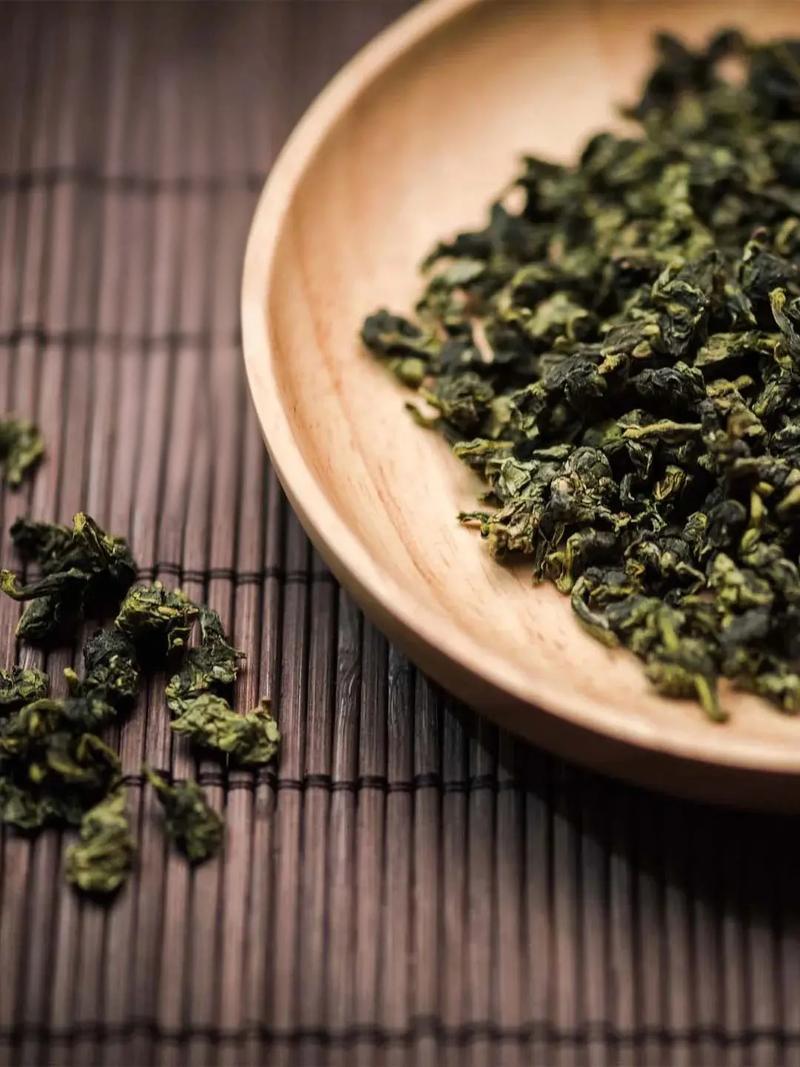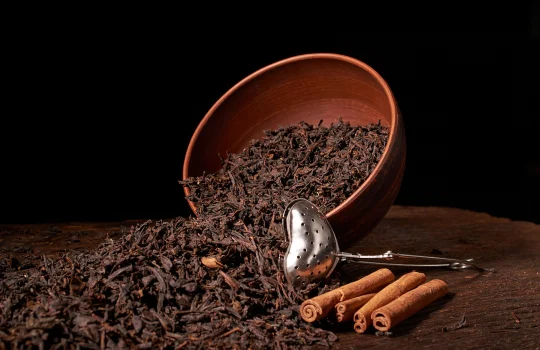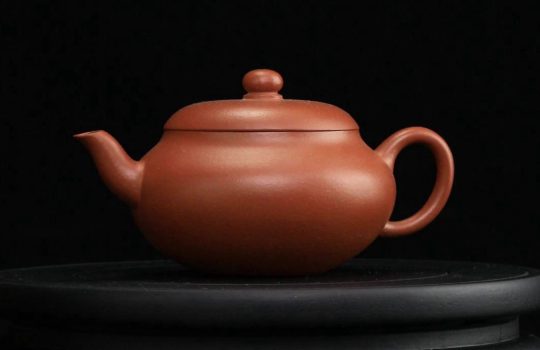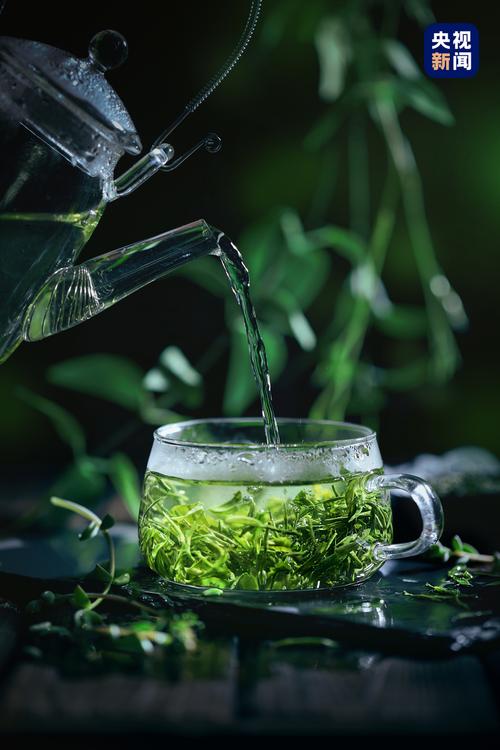Anxi Tieguanyin, as a type of organic oolong tea, has significant anti-ageing properties.

Anxi Tieguanyin Origin: Anxi County, Fujian Province
Quality Characteristics: The dry tea leaves are curled into a single strand, robust and round, heavy and uniform in colour, with a sandy green hue. The overall shape resembles a dragonfly head, a spiral body, and frog legs.
Tea Colour: Rich and vibrant, resembling amber.
Aroma: Natural orchid fragrance.
Leaf Base: Thick and lustrous.
Overview of Anxi Tieguanyin
Since ancient times, ‘famous teas come from famous mountains, and famous mountains produce famous teas.’ Anxi Tieguanyin is a product of the beautiful natural environment of green mountains and clear waters. Tieguanyin, also known as Hongxin Guanyin or Hongyang Guanyin, is one of China’s ten famous teas and a representative of the oolong tea category. Tieguanyin possesses a unique ‘Guanyin韵’ (Guanyin charm), which stimulates the tongue, teeth, and gums with a crisp and refreshing sensation. Not only is it fragrant and rich in flavour, making it a naturally delicious beverage, but it is also a standout among health-promoting teas. Anxi Tieguanyin is primarily classified into three types: light fragrance, strong fragrance, and charm fragrance, each with its own distinct characteristics, making it the pinnacle of oolong teas.
Tasting Anxi Tieguanyin:
An ancient saying goes, ‘Before tasting the sweet dew, one first smells the sacred fragrance.’ Take a small sip, gently swirl it on the tongue, and feel the rich and sweet tea broth. Swallow slowly, and the aftertaste is sweet like honey, with endless charm.
Anxi Tieguanyin Identification:
Observe the shape: High-quality Tieguanyin tea leaves are curled, robust, and heavy, resembling a green caterpillar with a green body and a red head. They have a fresh and lustrous colour, with prominent sandy green hues, clear red spots, and a white frost on the leaf surface. Listen to the sound: Premium tea leaves are more tightly rolled than ordinary tea leaves, with a heavier body. When a small amount of tea leaves is placed in a teapot, a ‘clinking’ sound can be heard. A crisp sound is considered superior, while a dull sound is inferior. Observe the colour: The tea soup is golden yellow, rich, and clear. After brewing, the leaves unfurl to reveal a thick, bright leaf base (one of the characteristics of Tieguanyin tea is that the leaf back curves outward), with a silk-like lustre. This is considered superior; a dark red soup colour is inferior. Smell the aroma: Premium Tieguanyin tea has a fresh and vibrant aroma. When you lift the lid and hold the cup to your nose, its unique fragrance is both fragrant and intoxicating, leaving a lingering aroma even after seven infusions. Recent domestic and international experimental studies have shown that Anxi Tieguanyin contains the most diverse range of aromatic components, and the proportion of medium- and low-boiling-point aromatic components is significantly higher than in Tieguanyin made from other tea tree varieties. Therefore, the unique aroma of Anxi Tieguanyin is truly captivating, with its fragrance filling the room the moment the lid is opened.
Storage Methods
Avoid pressure, moisture, light, and odours. When storing, it is generally recommended to keep it at a low temperature and in an airtight container to preserve the colour, aroma, and taste of Tieguanyin for a short period. If you wish to store Anxi Tieguanyin long-term, it should be kept in a freezer at -5°C for preservation, but it should not exceed one year, and it is best to consume it within six months.
Health Benefits of Anxi Tieguanyin
Anti-ageing effects: The polyphenolic compounds in Tieguanyin tea prevent excessive oxidation of the tea leaves, while the purine alkaloids indirectly help eliminate free radicals, thereby achieving an anti-ageing effect.
Prevention of tooth decay: Tieguanyin tea contains a high concentration of fluoride, which easily binds with calcium in teeth to form a layer of calcium fluoride on the tooth surface, providing protection against acid erosion and tooth decay.
The Story and Origin of Anxi Tieguanyin
It is said that around 1720, there was an old tea farmer named Wei Yin in Songyan Village, Yaoyang Town, Anxi County. He was diligent in tea cultivation and deeply devoted to Buddhism, revering Guanyin. Every morning and evening, he would offer a cup of clear tea before the Guanyin statue, maintaining this practice for decades without interruption. One night, while asleep, he vaguely dreamed of himself carrying a hoe out of his home, arriving at a streamside, where he suddenly discovered a tea tree growing in a rock crevice. The tree had sturdy branches, lush leaves, and a fragrant aroma, unlike any tea tree he had seen before. The next morning, he followed the path from his dream and indeed found the tea tree in the crevices of Guanyin Lun Dashi Pit. Upon closer inspection, he noticed that the leaves were oval-shaped, with thick leaf flesh, purple-red buds, and a vibrant green colour. Wei Yin was overjoyed and dug up the tea tree, planting it in an iron cauldron at home, where he nurtured it with care. Since the tea had been obtained through Guanyin’s dream, he named it ‘Iron Guanyin.’



